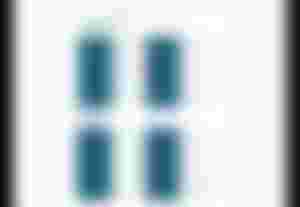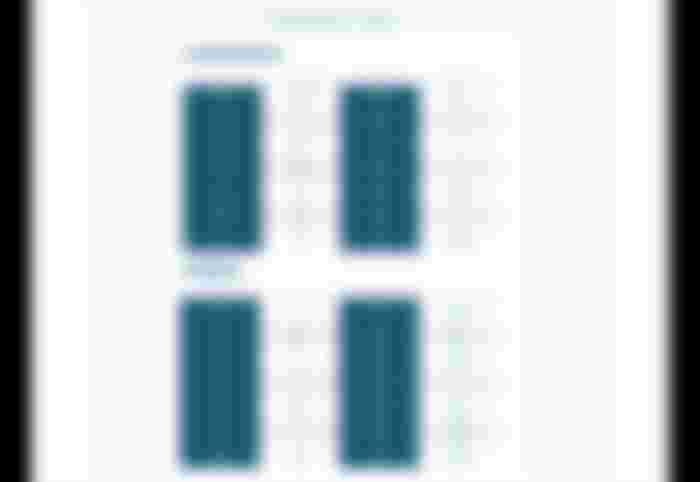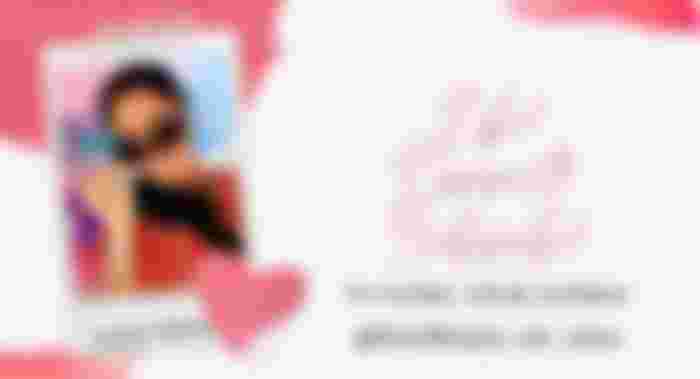I have been very open about my goal this year of learning a new language, specifically the Korean language, and I even wrote an article about it, which is the Learning Hangeul: Korean Alphabet Writing System. I chose to learn Hangeul (한글) because I am fond of watching Korean dramas so I want to watch series without having to read the subtitle anymore. It's also my dream and goal of getting to travel to South Korea someday and although it's not yet clear about when and how I'll get there, I'm already preparing for that day. Who knows I'll also get to work there in the future. Ehe!
It was last January 07, 2022, when I decided to take this goal seriously and just take the first step already because if I keep delaying it, then I wouldn't be able to have a step forward in reaching my goal. After all, just like what a famous quote says, "A journey of a thousand miles begins with a single step."
Learning the Korean Alphabet

To be honest, I was hesitant to start learning Korean because I thought their alphabet writing system is quite difficult to understand. I thought it would give me a headache trying to learn the letters or characters of Hangeul. But I was wrong. I actually found it easy to learn and memorize, especially since I was lucky enough to find a valuable learning material online that taught me the Hangeul characters in a simple yet very effective way. 90Day Korean's "The 90-Minute Challenge" was very helpful for me in jumpstarting my journey in learning Hangeul. If you also want to read the exact material I used in learning Hangeul, just click this, "Learn the Hangeul Letters and Character Sounds".
I found out that the Korean Alphabet has only 14 consonants (10 plain consonants and 4 aspirated consonants, plus 5 tense/double consonants) and 10 vowels (where 8 with single vowels, 6 vowels with y- sound plus 7 double vowels). I know that sounded complicated but there's actually only 24 letters in the Hangeul alphabet.
Korean alphabet doesn't have the F, R, V, and Z letters that can be found in the English alphabet, although R can sometimes be interchanged with L through the "ㄹ" in Hangeul, depending on its position. They also don't have Q, W, X, and Y but these can be formed by adding two or more Hangeul letters.
Among all the Korean alphabet, the letter "ㅇ" is the most special of them all because it has a double purpose. It becomes a placeholder when writing Hangeul that starts with a vowel and it is a silent letter, and it also sounds "ng" when it's placed at the end of a syllable.
Learning the Korean Alphabet is the first step and the foundation of getting to learn the Korean language so it's a must to learn the Hangeul letters first.
Reading Hangeul/Korean Words
Do you remember when you were still trying to read the ABAKADA or ABCD book when you were still in Kindergarten or Grade 1? That's exactly how it is when you start to read Hangeul or Korean words already. You can recognize the letters that are in the word but when you start to read it already, either aloud or through your mind, you will doubt if how you read it is correct or not.

In reading Korean words, I have learned that you should start reading per syllable block from "left to right, then top to bottom". Just like in the word "Annyeonghaseyo", in reading the first syllable block, you should start with the first letter "ㅇ" then "ㅏ" then "ㄴ". And "안" can be read as "An". Then move on to the second syllable block or box until you finish reading the word.
By the way, I think most of us already know what "Annyeonghaseyo" (안녕하세요) means but to those who don't know, it's the standard Korean of "Hello".
To master reading Korean words, I have decided to start following Korean celebrities on Instagram and Twitter so that I get to read random Korean words whenever I'm scrolling on those apps.
Writing Hangeul/Korean Words
If you have already mastered the Korean alphabet, then it's already easy to write in Hangeul. However, it's also not as easy as you think because the Korean alphabet has a lot of vowels and that is where I get confused most of the time because they sound the same. I sometimes have wrong spelling because of the vowel and the meaning would also change. Just like whenever I reply to my friend's chat with "Arasso" (Okay), I often misspell it with "아라써" (Arasseo) instead of "아라쏘" (Arasso). So when she tries to translate it using Google Translate, she won't get what I'm saying.
Also, it's important to note that syllable blocks must always start with a consonant. But just like Annyeong and Arasso that both start with a vowel, a placeholder (ㅇ) should be placed first before the letter "A" (ㅏ), and it becomes a silent consonant. Another important thing, a one-syllable block is made up of at least 1 consonant and 1 vowel.
I've been learning Korean for more than a week now and these are the most important things I have learned while studying the language. So if you also want to learn Korean, you should take the first step now, and let's all start speaking in Korean before the year ends. ㅋㅋㅋ
Follow My Korean Learning Journey:
Learning Hangeul: Korean Alphabet Writing System




i love learning languages and that has saved me a lot in many ways, would you mind you teach me some of these too?